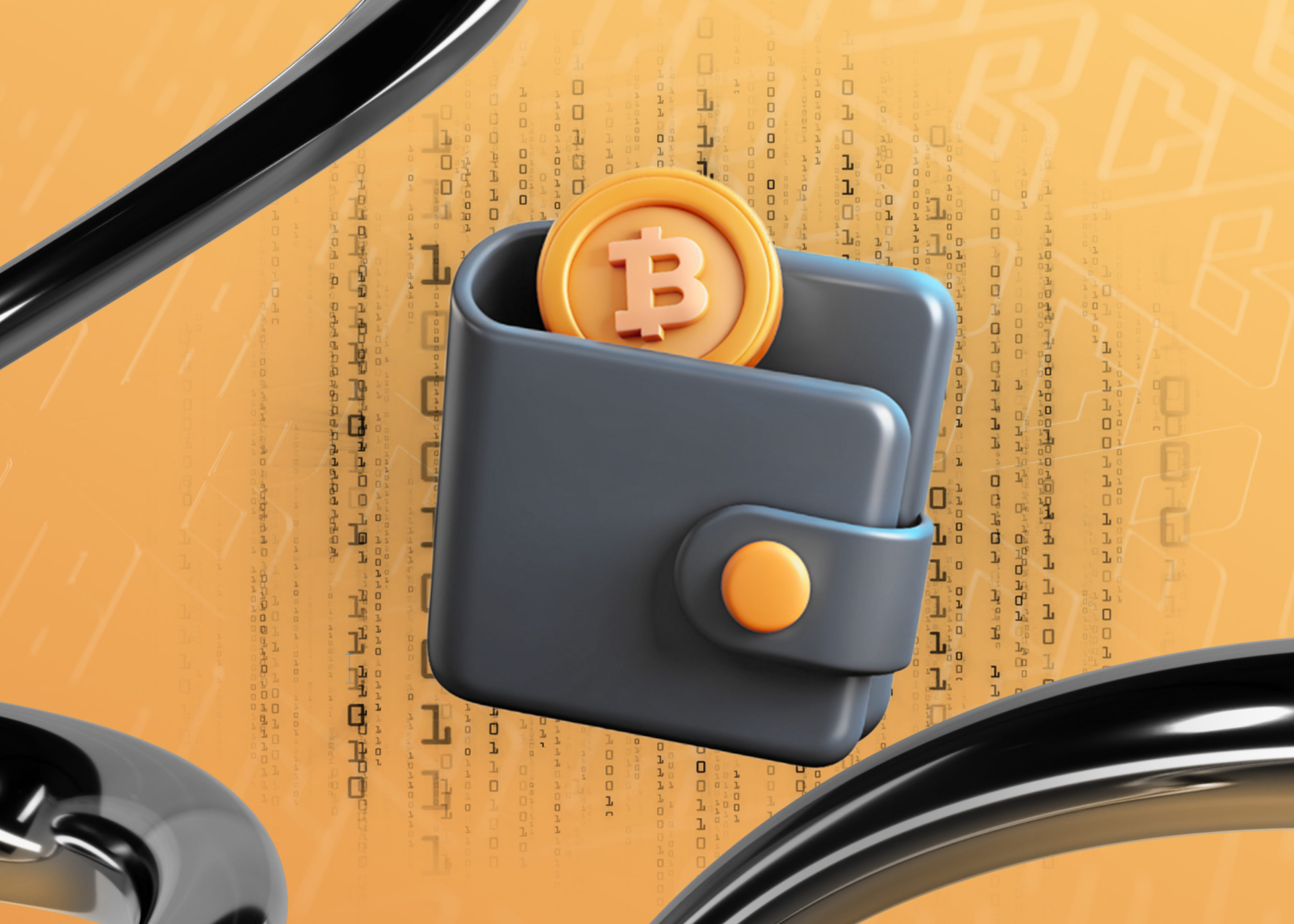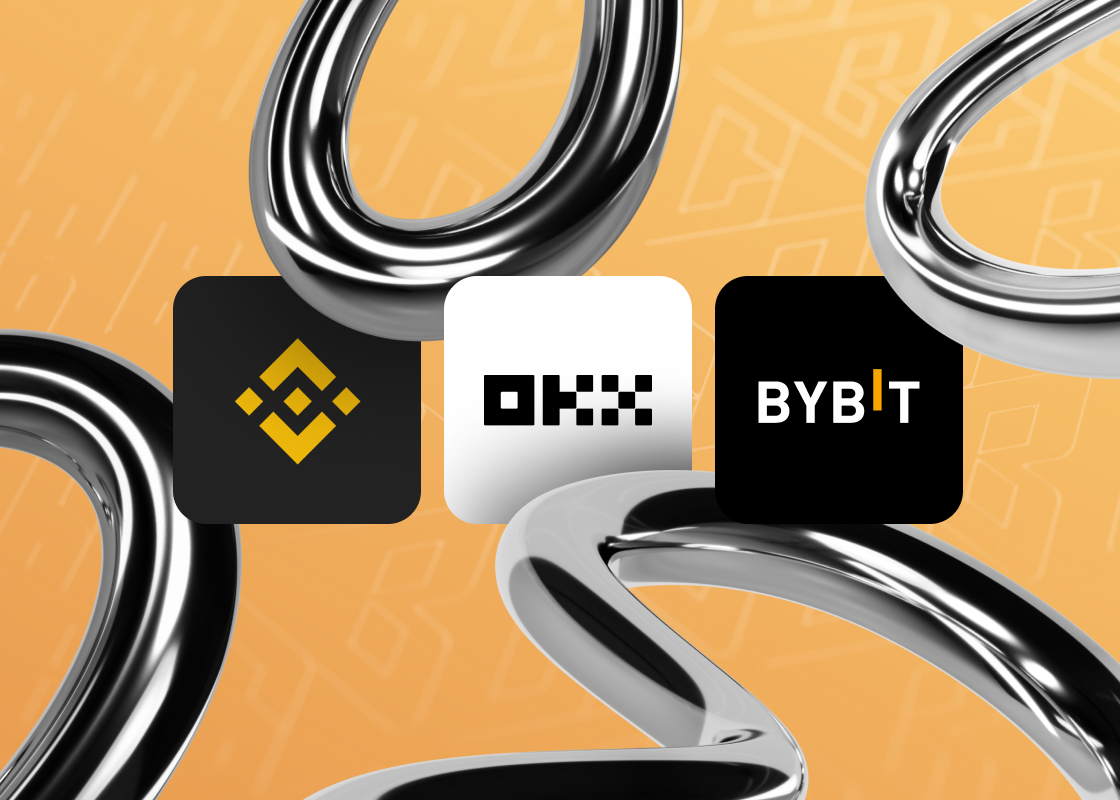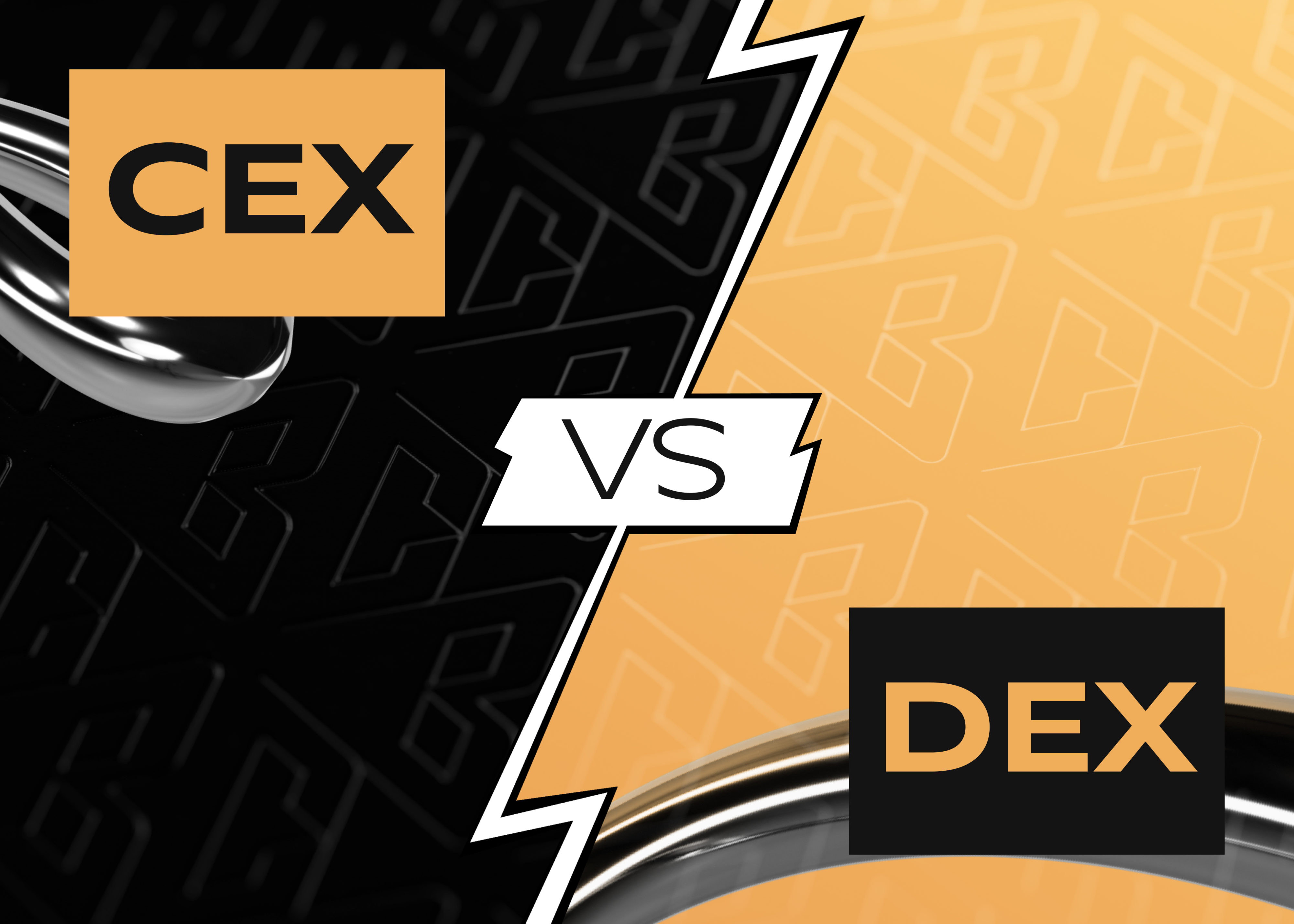Blockchain Technology: What We Need to Know?

Blockchain is rapidly spreading and being adopted across various sectors of life. Yet, it still raises many questions. Our first article will provide essential information about blockchain that everyone should understand. Blockchain technology is at the core of how crypto like Bitcoin and Ethereum function, forming the foundation of a decentralized peer-to-peer transaction system. In this piece, we’ll explore the fundamentals of blockchain and how it operates and examine the areas where blockchain adoption is gaining traction.
Why is Blockchain Needed?
Blockchain underpins all crypto. It eliminates the necessity for intermediaries in person-to-person transactions. Traditionally, banks and financial institutions have ensured transaction security, but flaws in these systems can severely impact customers. Crypto emerged as a response to the 2008 global economic crisis, offering decentralization as a solution to the pitfalls of traditional finance.
What is Blockchain?
At its core, a blockchain is a decentralized, publicly distributed digital ledger that records transactions. Data on the blockchain is organized into blocks, which are linked sequentially, creating a chain — hence the name. This interconnectivity makes blockchain transparent and prevents data from tampering. Altering information in one block would impact the entire sequence, making any manipulation evident.
Consider this scenario: Alex wants to send Oleg 10 crypto coins via the blockchain network. The blockchain automatically deducts coins from Alex’s balance and adds them to Oleg’s, eliminating the need for an intermediary or sharing confidential details.
While blockchain-enabled crypto applications extend far beyond finding uses in healthcare, smart contracts, supply chains, and electronic devices. Now that we understand blockchain, let’s examine how it functions.
How Blockchain Operates
- Nodes: Computers that support the blockchain network’s operation. Each node stores a full copy of the distributed blockchain ledger and actively validates new transactions and block formation. To agree on confirmed transactions does not appear to modify the subject nodes. Nodes use consensus mechanisms like Proof of Work (PoW) and Proof of Stake (PoS). More nodes make the network more decentralized, secure, and stable.
- Decentralized Structure: Decentralization was first implemented in Bitcoin’s crypto protocol in 2009, as outlined in its creator Satoshi Nakamoto’s technical paper. Many independent nodes prevent a single centralized entity from controlling the blockchain.
- Consensus Mechanisms: PoW involves miners – specialized computers that play a vital role in confirming transactions and creating new blocks to sustain blockchain operations – solving complex mathematical puzzles. The first miner to solve the puzzle receives a reward. PoS randomly awards miners based on their stake in the system.
- Cryptographic Hashing: A security measure encrypts data into a unique, non-reversible digital fingerprint called a hash.
Blockchain Applications
While crypto runs on blockchain, the technology offers many other advantages. Here are just a few examples:
- Crypto: Blockchain enables the creation of decentralized digital assets, spawning numerous cryptocurrencies beyond Bitcoin.
- Smart Contracts: Self-executing blockchain-based programs that eliminate intermediaries by automatically executing predefined conditions. They are akin to legal agreements, codifying deal terms automatically enforced when specific events occur.
A simple example: If a buyer transfers payment (condition 1), the seller gains access to a digital key for the purchased item (condition 2). Once both conditions are met, the smart contract executes and closes.
- Video Games: Blockchain has penetrated gaming, enabling unique features like true ownership of in-game assets:
- Non-Fungible Tokens (NFTs) – unique digital assets players like rare weapon skins or characters can freely trade.
- Blockchain-based in-game currencies with real-world value that players can earn and spend outside the game.
- Decentralized games where players collectively govern the game world and rules via blockchain instead of centralized companies.
- Verifying achievements by recording wins and records on an immutable blockchain to prevent cheating.
Blockchain is transforming gaming by increasing transparency and fairness and giving players true digital ownership.
Blockchain allows projects to implement decentralized architectures for computing, accounting, database storage, and bridging centralized (CEX) and decentralized (DEX) exchange protocols.
Due to its cryptographic algorithms and decentralized nature, hacking the blockchain is extremely arduous. Experts estimate successfully attacking Bitcoin’s blockchain using modern computing power would require around 1.5 billion years of continuous calculations. Thus, blockchain is one of the most secure and tamper-resistant data storage systems — crucial for finance, logistics, and sectors where information integrity is paramount.
Conclusion
Blockchain truly is an innovative technology that is reshaping traditional norms. It enables the transition from physical to digital asset ownership, which is evident in crypto’s rapid growth. But beyond finance, blockchain’s decentralized architecture finds applications across sectors, ensuring data availability and security.
The blockchain revolution is just beginning, and its impact will extend far beyond crypto, influencing various facets of our lives. In this digital age, blockchain is a transformative force changing how we think and operate. Follow our social media for blockchain news and education on crypto literacy!





 Joining Us?
Joining Us?